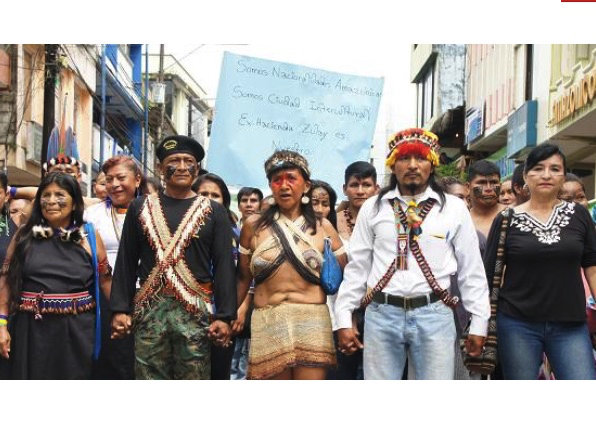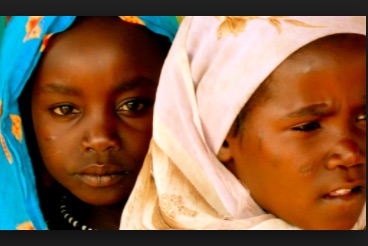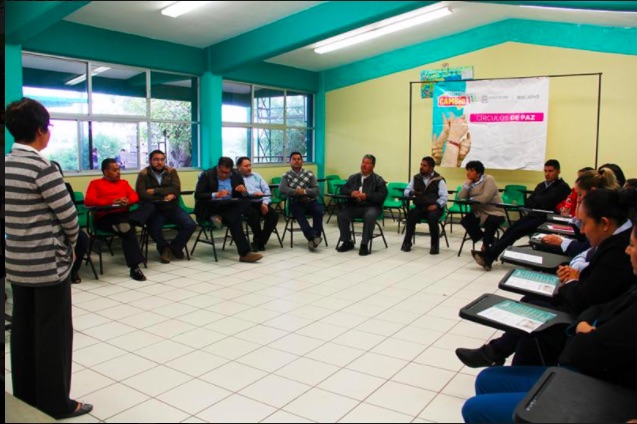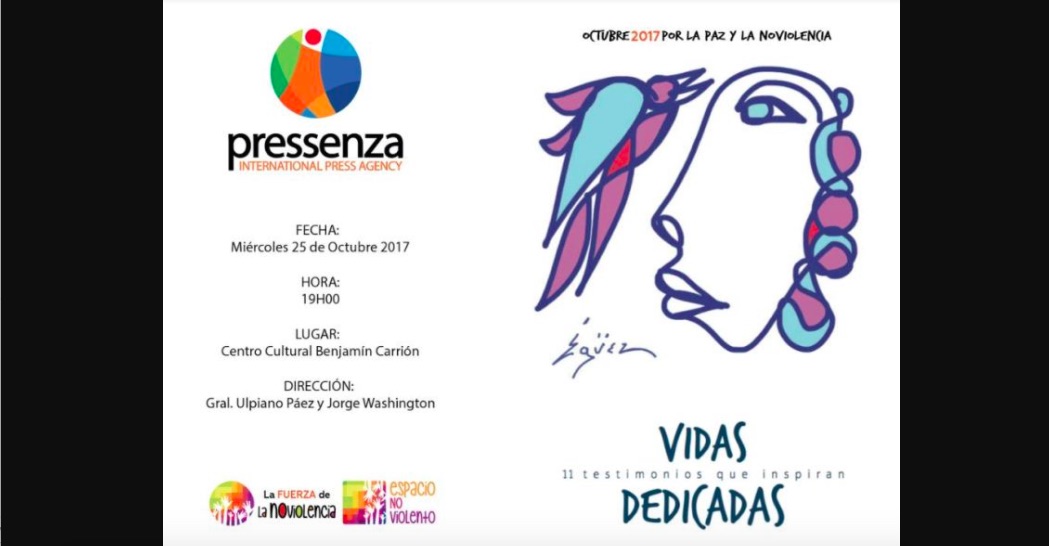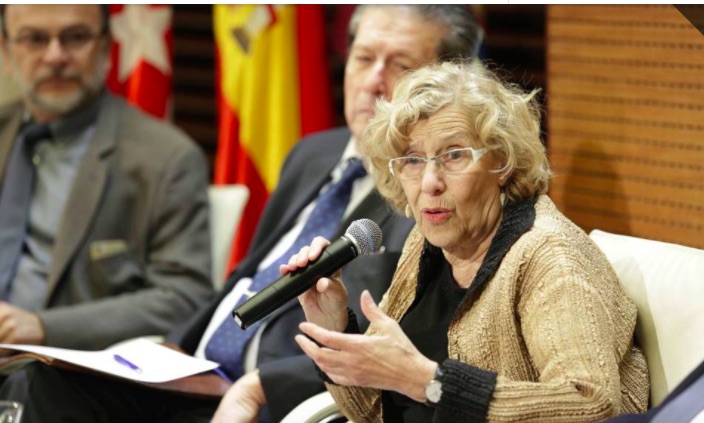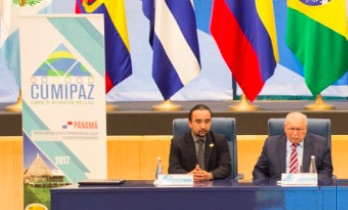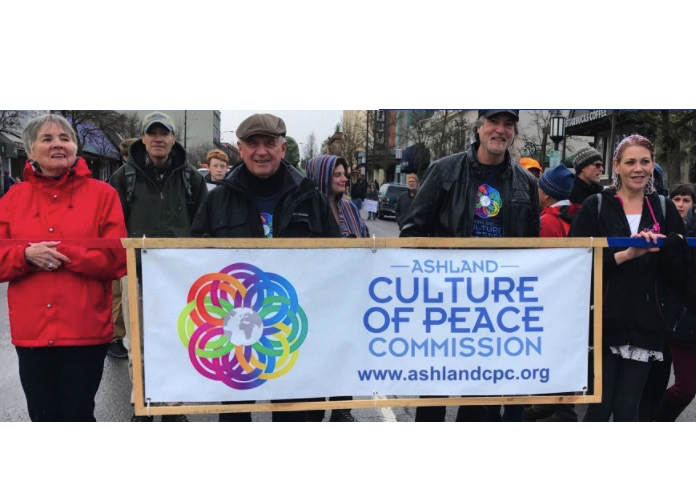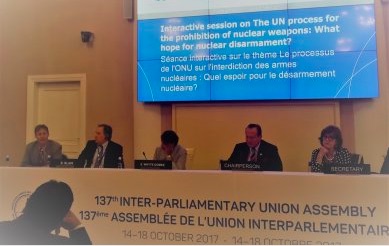DISARMAMENT & SECURITY .
An article from Abolition 2000
A conference for young academics, professionals and activists to advance initiatives and build cooperation for nuclear disarmament will be held just before the Prague Insecurity Conference, which flows on from the Prague Agenda Conferences held annually since former U.S. President Barack Obama gave his historic speech in Prague putting forward the vision and commitment to achieve a nuclear-weapon-free world.
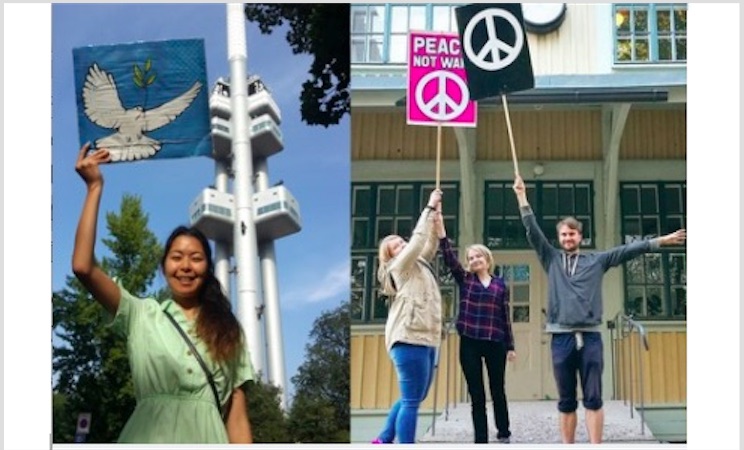
(Click on image to enlarge)
There is now a different U.S. administration, as well as new political realities and international conflicts to be addressed in order to reduce the risks of nuclear confrontation and make progress toward the elimination of nuclear weapons. There are also new opportunities including the Treaty on the Prohibition on Nuclear Weapons (TPNW) adopted at the United Nations in July 2017, and the UN High-Level Conference on Nuclear Disarmament (UNHLC) which will take place in May 2018.
A key focus of the conference will be to explore the political and economic dynamics of nuclear weapons policies, and the ways in which youth can engage with parliamentarians, governments, UN agencies and other civil society networks to influence policy and support the UN processes, especially the 2018 UNHLC.
The conference will include workshop sessions, networking, action planning and a visit to the ATOM Museum, a former nuclear weapons depot approximately one-hour drive from Prague.
(Continued in right column)
Can we abolish all nuclear weapons?
A UN High-Level Conference on Nuclear Disarmament: Distraction or progress?
(Continued from left column)
Workshop sessions, with opening presentations by youth, include:
1 Nuclear risk reduction and incremental disarmament measures;
2 Nuclear weapons and sustainable development – economic aspects including nuclear divestment;
3 The TPNW and other international law prohibiting nuclear weapons;
4 2018 UNHLC on nuclear disarmament;
5 Engaging parliamentarians, UN, mayors and other key constituencies;
6 Planning youth actions and intergenerational cooperation.
Click here for the conference flyer.
To register please contact Marzhan Nurzhan marzhan@pnnd.org
Cosponsors: Abolition 2000, Basel Peace Office , Parliamentarians for Nuclear Non-Proliferation and Disarmament , Střediska Bezpečnostní Politiky, Unfold Zero and Prague Vision
The conference is being organised by the Abolition 2000 Youth Network, a working group of Abolition 2000, the global civil society network to eliminate nuclear weapons. The Abolition 2000 youth network brings together young activists from Abolition 2000 member-organisations and affiliated networks including Amplify, Ban All Nukes generation (BANg), Chain Reaction 2016, CTBTO Youth Group, Global Zero, IALANA, ICAN, IPPNW Student Network, PNND youth, Parliament of the World’s Religions youth, Pugwash Student and Youth, UNFOLD ZERO, Youth Future Project and others.
